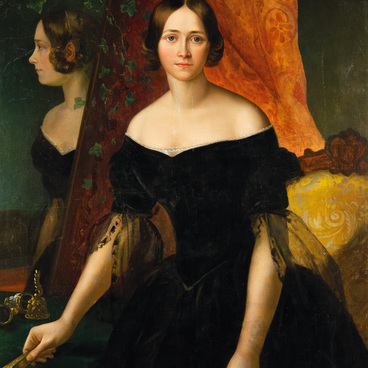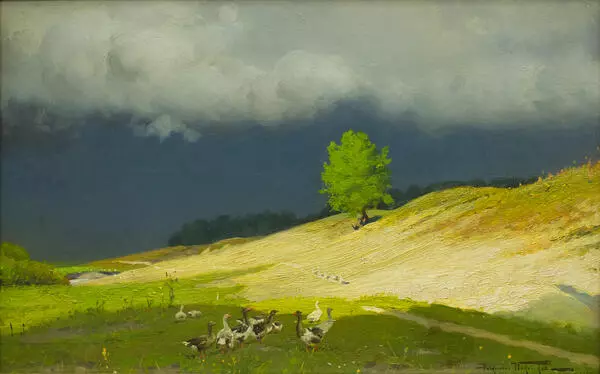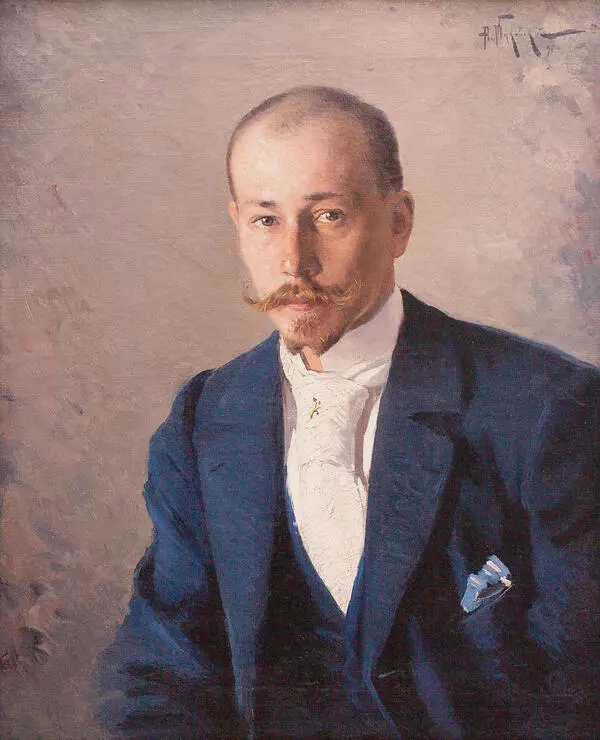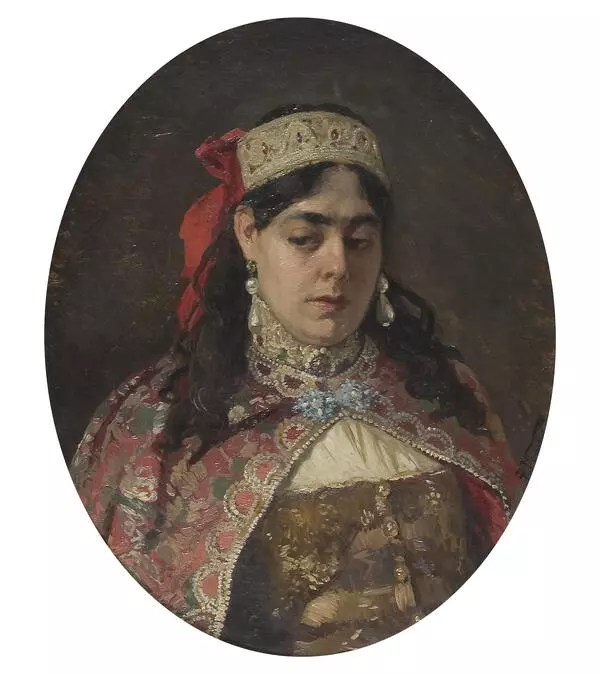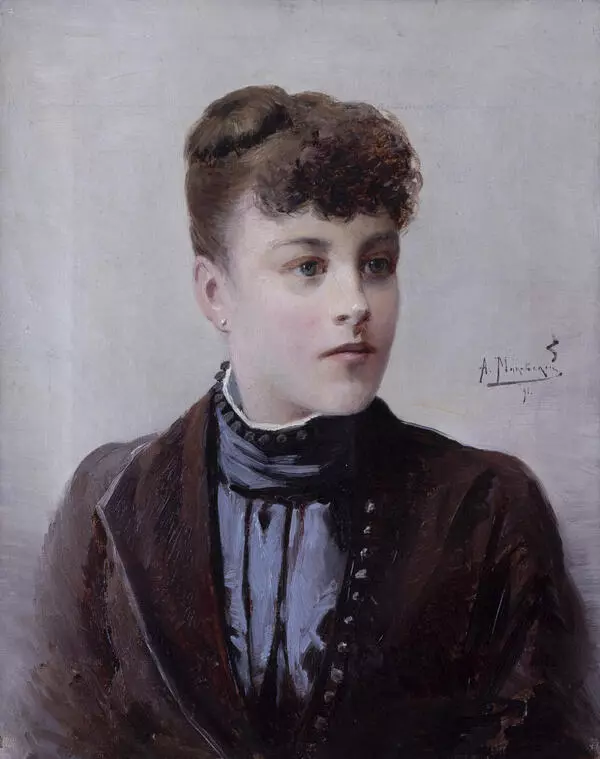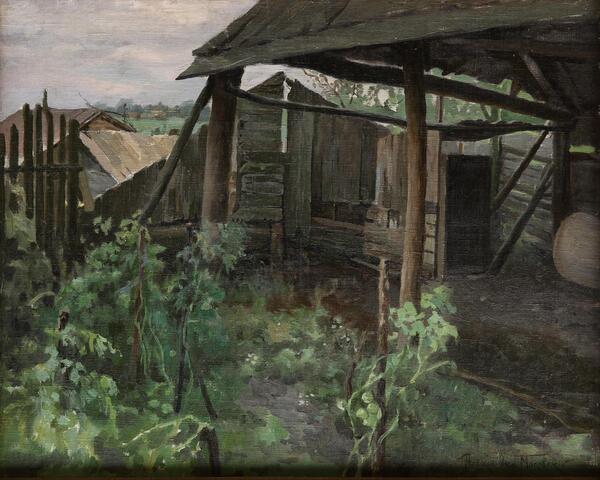Aleksandr Vladimirovich Makovsky was a talented Russian painter and graphic artist, teacher and author of methodological manuals on art.
In 1889, he graduated from the Moscow School of Painting, Sculpture and Architecture, where he studied with Illarion Mikhailovich Pryanishnikov, Vasily Dmitrievich Polenov, and Vladimir Egorovich Makovsky. In 1891–1893, he lived in Paris, where he entered the School of Fernand Cormon. In 1894–1895, he studied in the studio of Ilya Yefimovich Repin at Academy of Fine Arts. In 1897, Aleksandr Makovsky became a professor at the Higher Art and Pedagogical Courses at the Academy of Arts, and later opened a private art studio. In 1913–1919, he taught at the Higher Art School of Painting, Sculpture and Architecture in St. Petersburg.
Creating landscape, portrait and genre paintings, he generally followed in his father’s footsteps and the traditions of the Wanderers. However, unlike them, in his paintings, Aleksandr Makovsky did not focus on exposing the “ulcers of Russian society”, and was not interested in acute social problems. The artist rather sought to depict everyday, routine life in its various manifestations.
The “Portrait of a Woman” entered the Kaluga Museum in 1946 from the Arts Committee of the Russian Soviet Federative Socialist Republic. It was restored in 1964. Based on the date indicated on the canvas, the painting was created in 1891. At that time, the artist, having acquired a professional education, decided to continue improving his skills.
The “Portrait of a Woman” by Aleksandr Makovsky was most likely painted from life. The artist used a color scheme, predominantly based on white, for the half-length image of a young beautiful woman. She is depicted with her head slightly turned to one side, wearing a light-colored fabric draped over her shoulder. By its artistic characteristics, the portrait is strict, but somewhat superficial. In it, the artist does not set himself the primary task of comprehending the inner world of the model, but simply admires her physical beauty. Numerous bluish-purple, peach, pink and greenish reflexes bind the fabric of the painting into a single whole, creating a comprehensive image.



